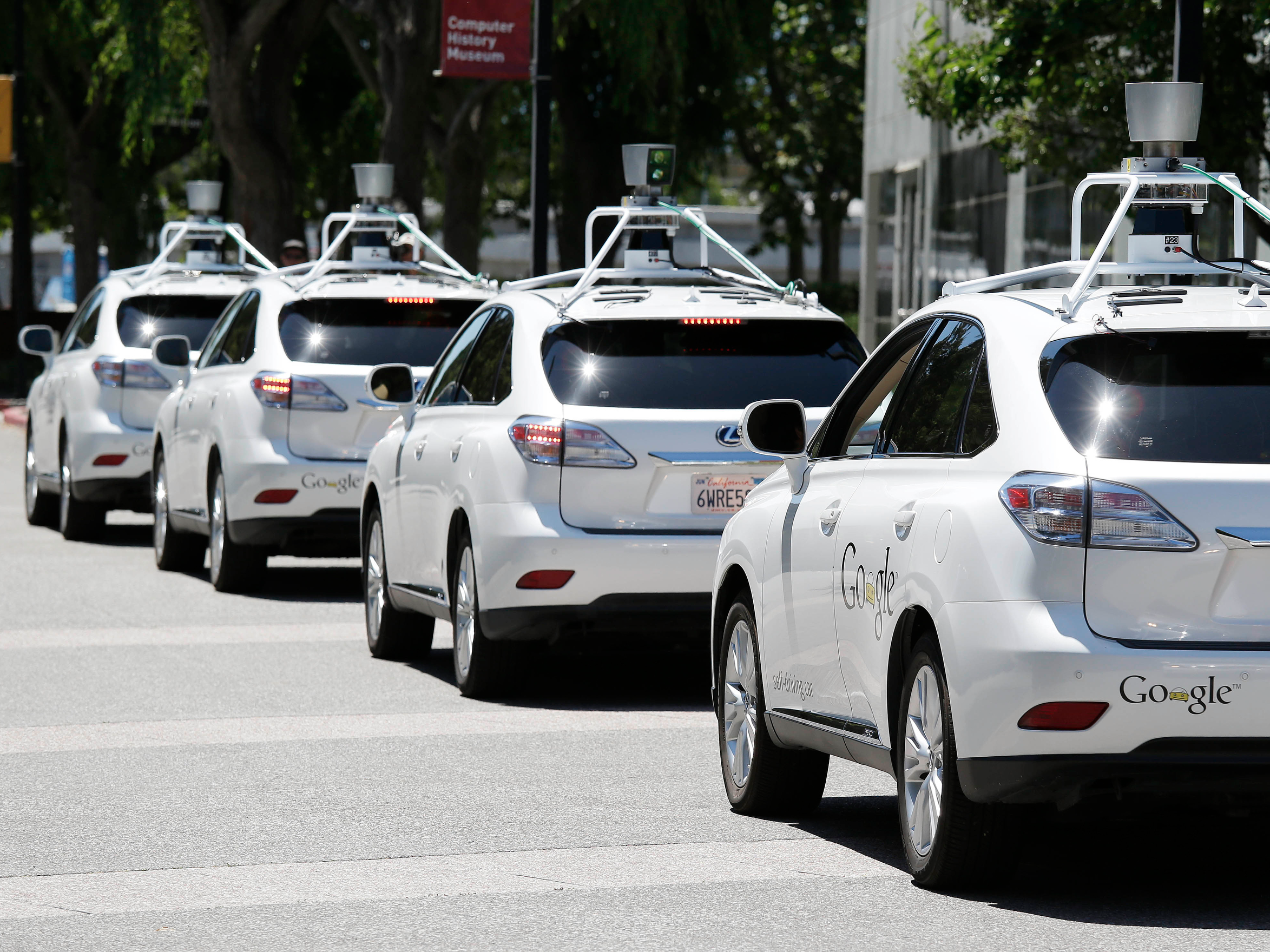Google’s self-driving car project was started in 2009 on one premise: build an autonomous vehicle by 2020.
Now, it’s seven years later, and Google’s test cars have driven two million miles in four cities around the nation and have learned everything from how to honk politely to how to sense cyclists and pedestrians.
But Google has also failed to commercialize its cars so far – falling behind competitors like Uber and Tesla, despite being the first company to put the cars on the road – and has lost some of its best talent to other companies in the industry.
As Google prepares to spin out the project as its own company under the Alphabet umbrella, here’s a look back at the company’s progress in building the world’s first fully autonomous vehicle.
Google launched its self-driving car project in 2009 under the leadership of Sebastian Thrun, a Stanford University professor who is lauded as the founder of the autonomous car. While at Google, Thrun led several projects at Google’s X research lab, including Google Glass and Street View. Thrun has since left Google and is now the founder of education startup Udacity.
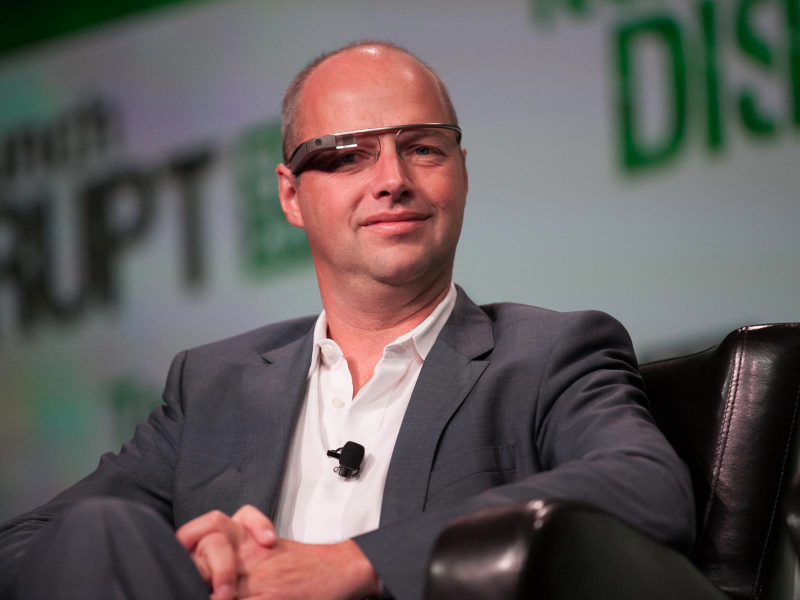
Source: Udacity
Thrun first began his research on driverless vehicles at Stanford, leading a student and faculty team that designed the Stanley robot car. The car won a $2 million prize at the 2005 DARPA Grand Challenge for driving 132 miles in the desert on its own.
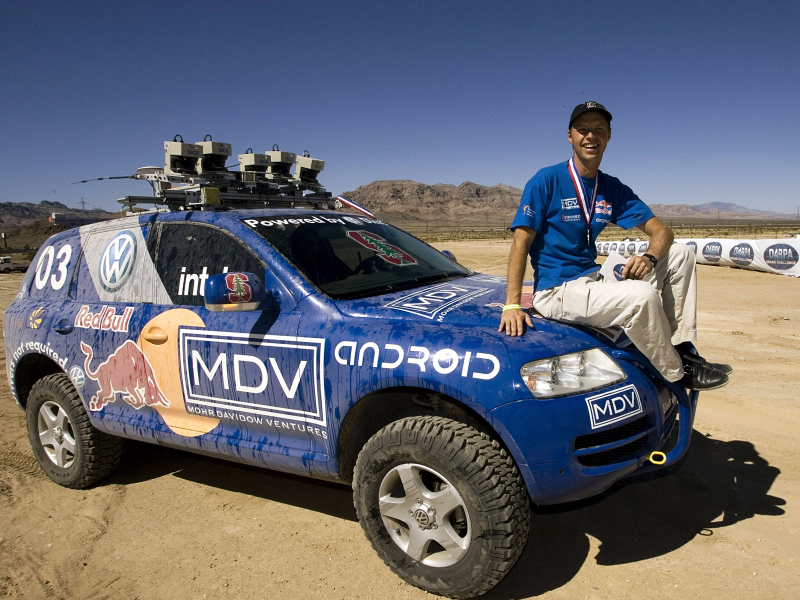
Source: The New York Times
Google began its project with six Toyota Priuses and an Audi TT that drove through the streets of Mountain View, California. It hired a handful of people with perfect driving records to sit behind the wheel, a position it still hires for seven years later.
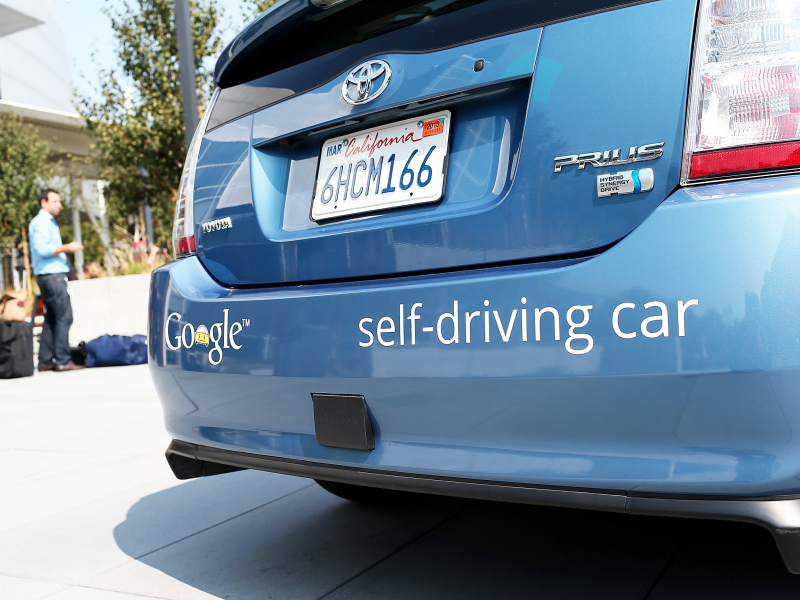
Source: The New York Times, Business Insider
Google's cars use GPS, sensors, cameras, radar, and lasers to "see" the world around them. The sensors on the car can detect objects up to two football fields away, including people, vehicles, construction zones, birds, cyclists, and more.
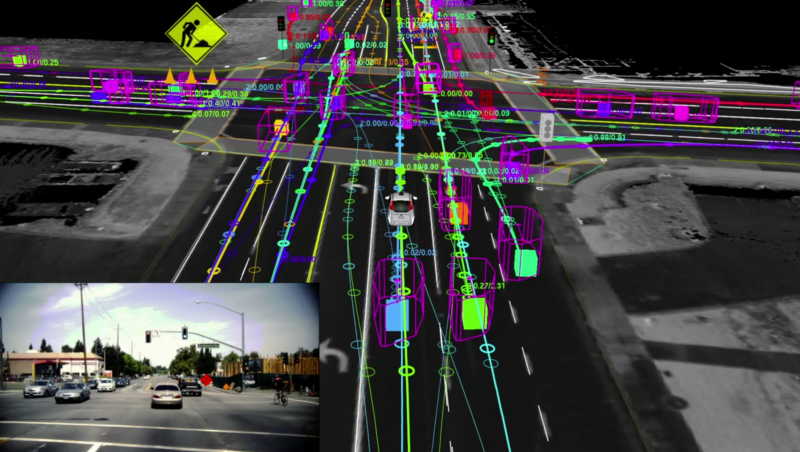
Source: Business Insider
By 2010, Google's cars had logged more than 140,000 miles on the road. The company wrote in a blog post at the time that it believed it had the power to cut the number of traffic deaths each year by half.
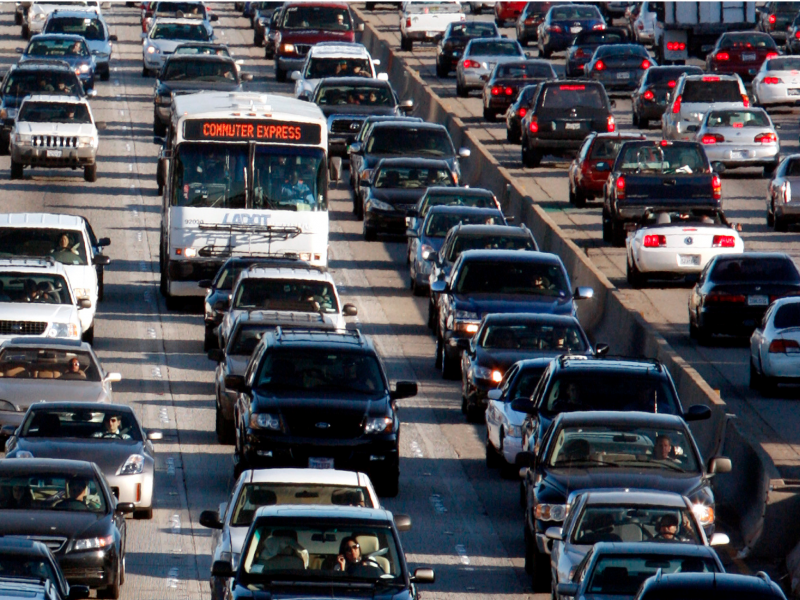
Source: Google
By 2010, Google had also added several high-profile engineers to its team: Carnegie Mellon University professor Chris Urmson, who led a team that won the 2007 Urban Challenge; Mike Montemerlo, whose Stanford team won the 2005 Grand Challenge; and Anthony Levandowski, who built the first autonomous motorcycle. Urmson later become CTO of the project.
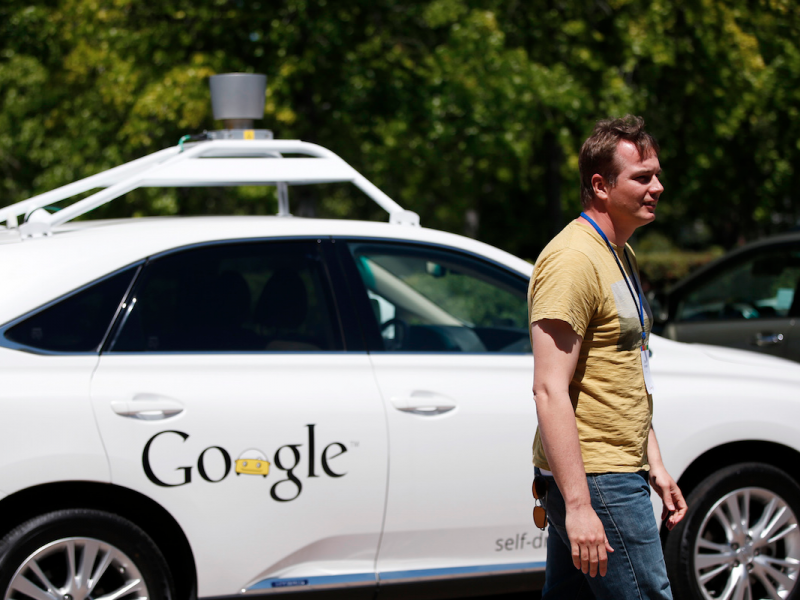
Source: Google
As of 2011, Google had made the switch from Toyota to Lexus, installing its technology into a fleet of 23 RX450H SUVs.
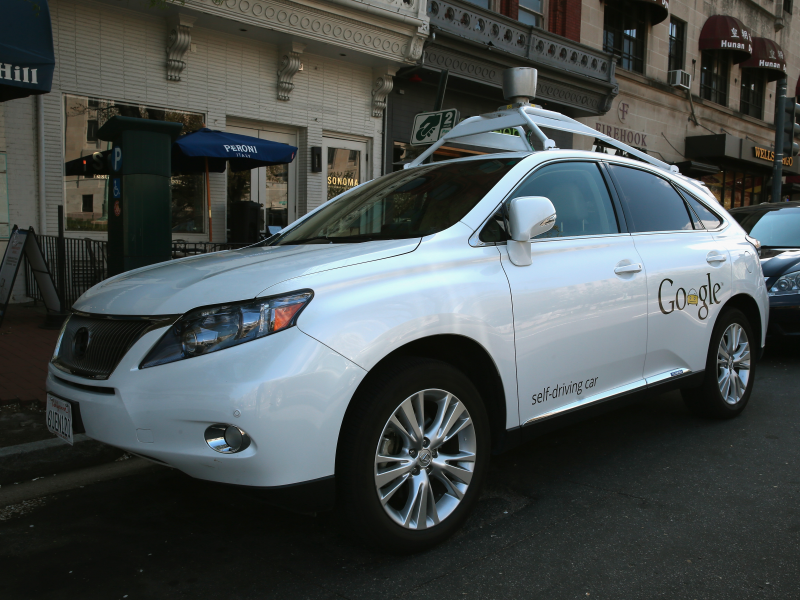
Source: The Guardian
Google announced it had turned the corner on its technology in April 2014, writing in a blog post that the test cars could handle thousands of urban situations that had stumped it in the prior few years. It was the company's first official update on the project since 2012.
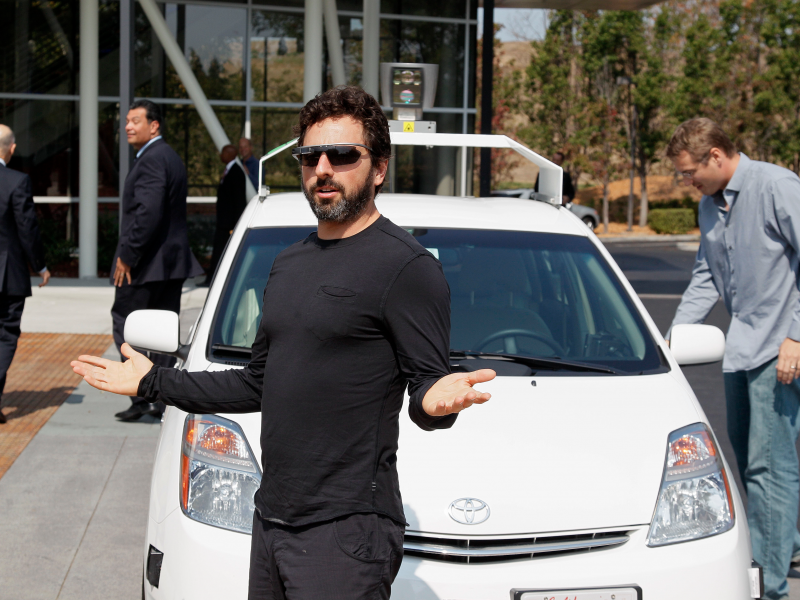
Source: Business Insider
In May 2014, Google built its own car and showed off a prototype of it at the Code Conference. There were no brakes, no steering wheel, and no gas pedal — only a button to turn it on. The company capped the vehicles' speed at 25 mph and planned to make 100 to 200 versions of the car.
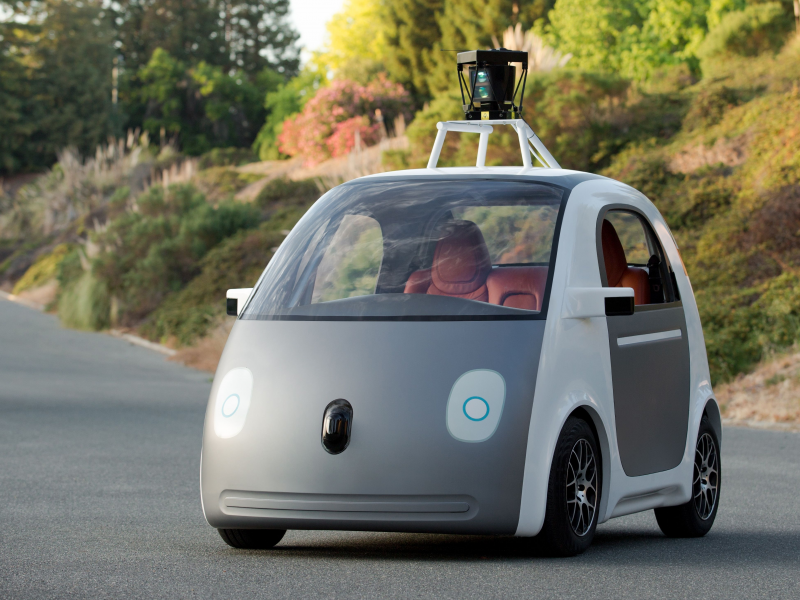
Source: Google, Business Insider
About a year later, Google started road-testing the prototypes in Mountain View.
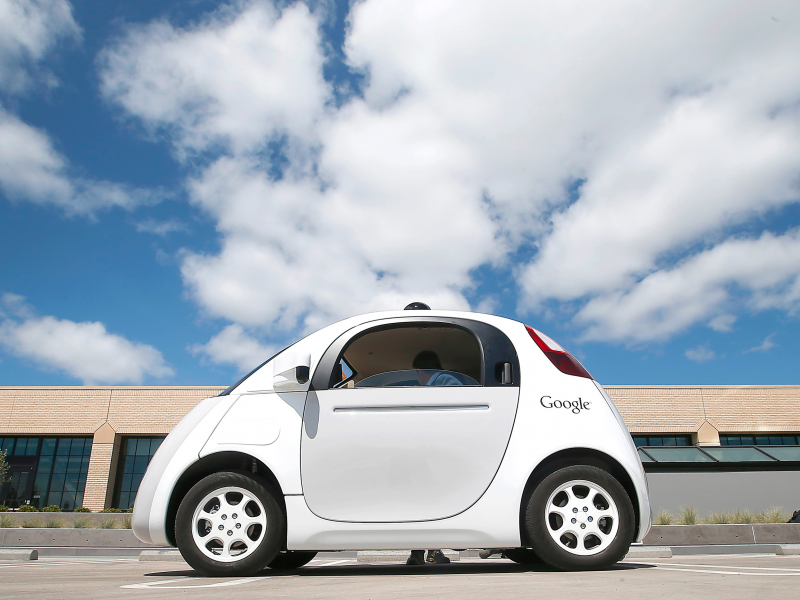
Source: Business Insider
In July 2015, Google began testing its self-driving cars in Austin, Texas, sending the Lexus RX450h vehicles equipped with autonomous technology to the city.
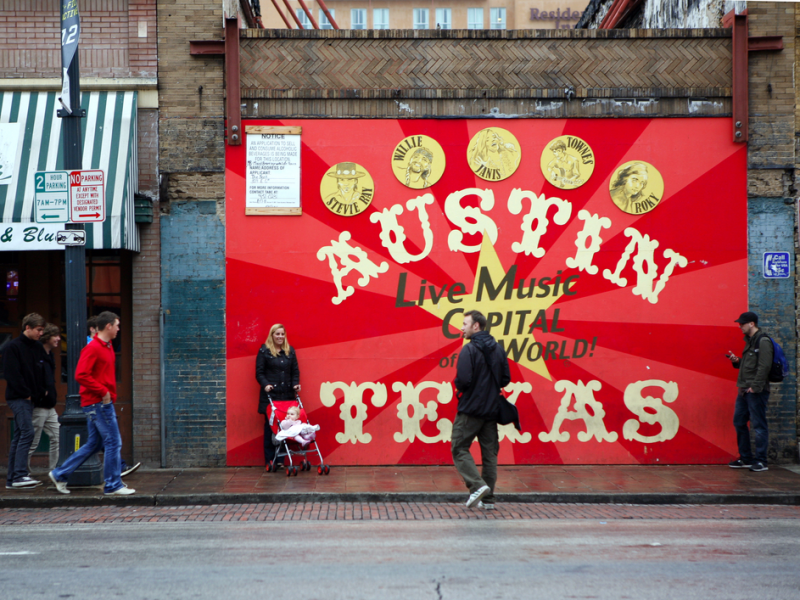
Source: Business Insider
In September 2015, Google hired former Hyundai and Ford executive John Krafcik as CEO of the project.
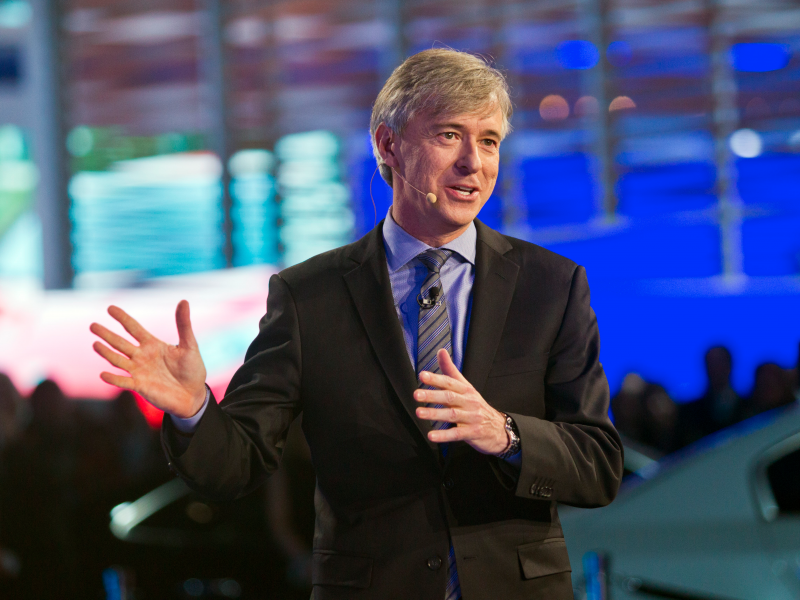
Source: Business Insider
Several reports surfaced in December 2015 that Google was partnering with Ford to work on self-driving cars. But the deal never materialized, and Ford went on to work on self-driving cars on its own.
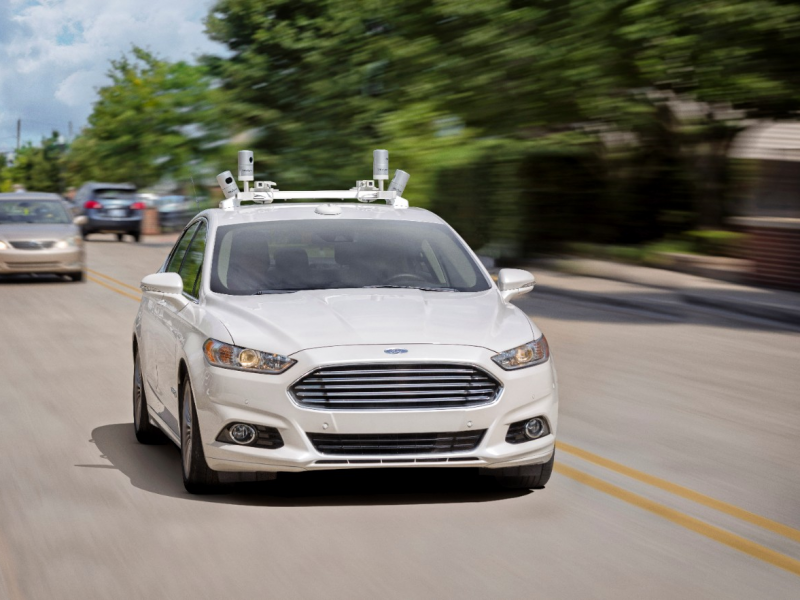
Source: Business Insider
In February 2016, a Google car got into its first accident: One of the cars hit a bus in Mountain View going two miles per hour. While the vehicles had gotten into various scrapes over the years, this was the first time one of the autonomous cars caused an accident.
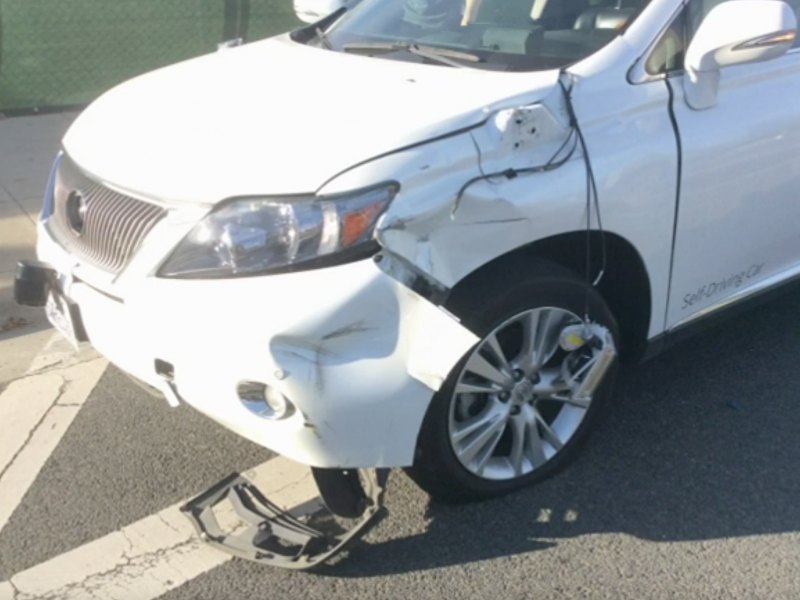
Source: Business Insider
Google added Kirkland, Washington, as another test site in February 2016 due to the region's wet weather.
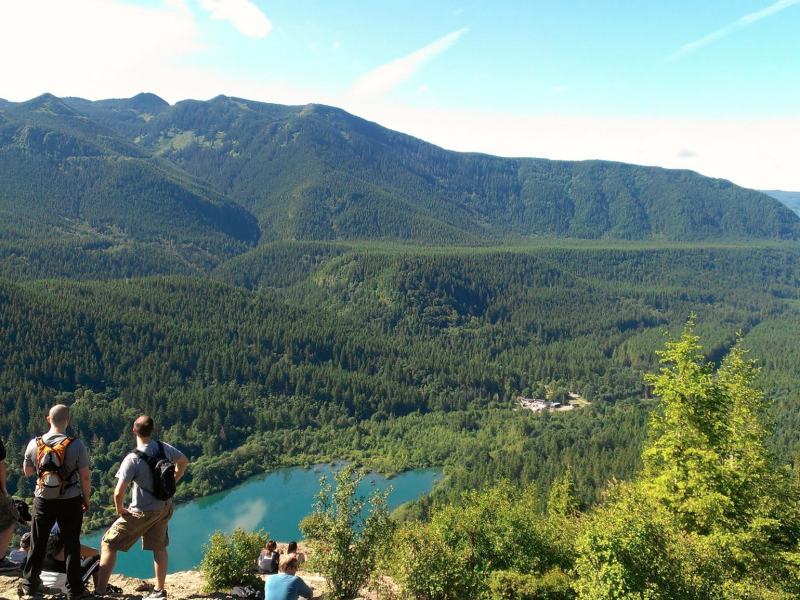
Source: Business Insider
In April 2016, Google began testing its cars in Arizona. Ahead of their arrival, Google sent four vehicles to Phoenix to map the area. Google said at the time that it chose Arizona because of the state's desert conditions, which would help Google understand "how our sensors and cars handle extreme temperatures and dust in the air."
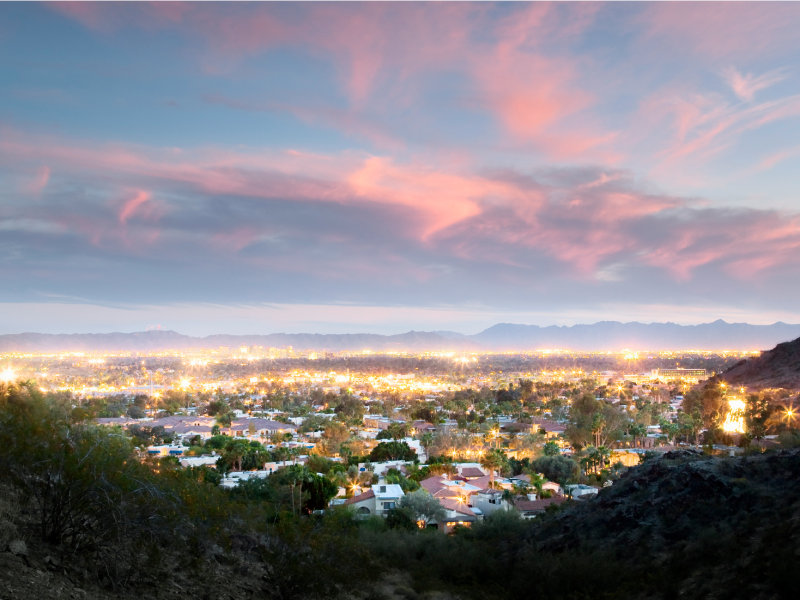
Source: Business Insider, Business Insider
Google and Fiat Chrysler teamed up to work on self-driving cars together in May, with Fiat providing 100 Chrysler Pacifica Hybrid minivans to Google for testing purposes.
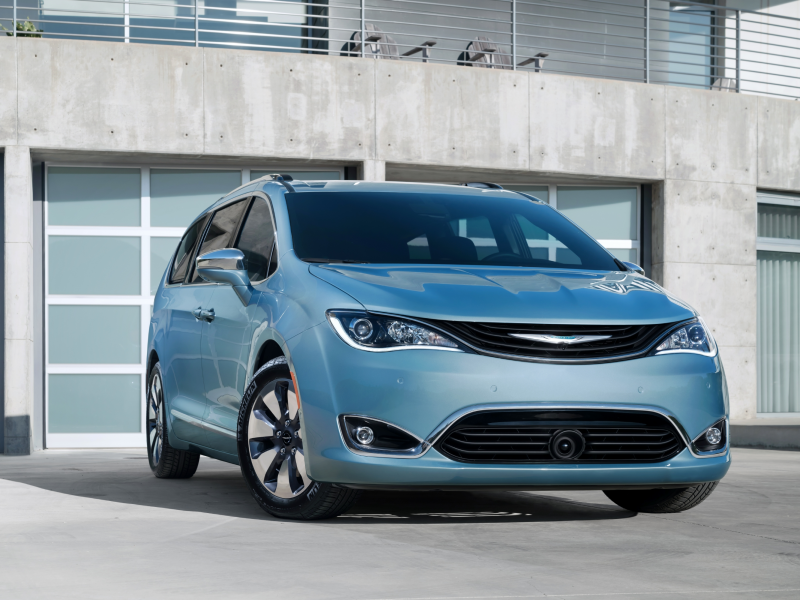
Source: Business Insider
The self-driving car project took a step closer to commercializing in August, when Google hired former Airbnb executive Shaun Stewart. Stewart specializes in building and scaling up businesses.
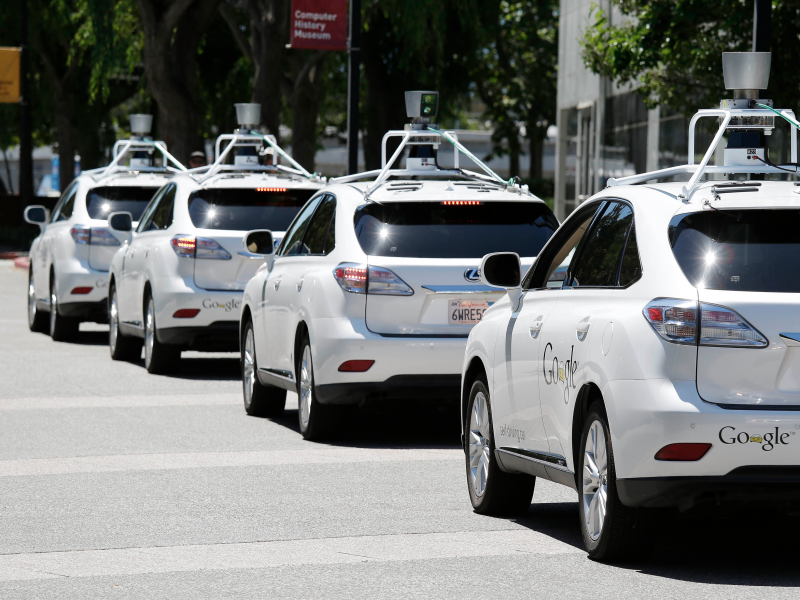
Source: Business Insider
After more than seven years, Urmson left the self-driving car project in August, writing on Medium: "Now, 1.8 million miles of autonomous driving later, I've decided the time is right to step down and find my next adventure."
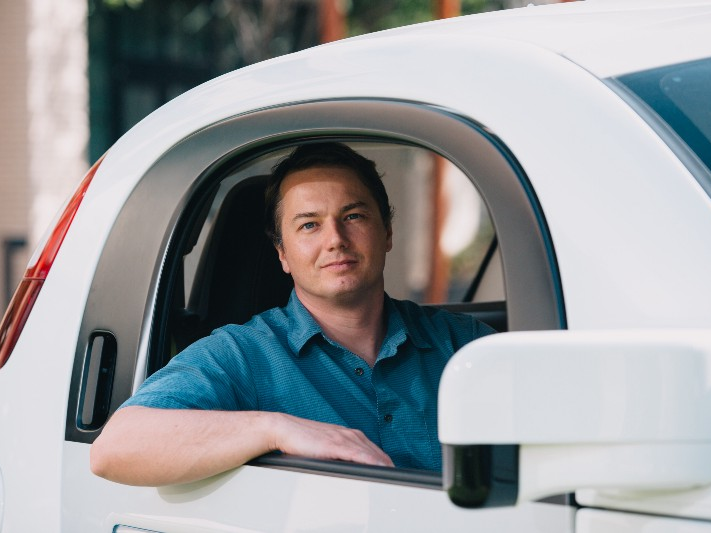
Urmson's departure was one of many for Google around the same period of time, including one of the project's other cofounders, Jiajun Zhu, who left for an unnamed startup. Another group that included cofounder Anthony Levandowski went to found a self-driving truck startup at the beginning of the year.
In September, one of Google's cars was involved in a collision that sent the car's human driver to the hospital. Another vehicle came into an intersection in California at 30 miles per hour, running a red light and hitting the Google car's right side, effectively T-boning the car. The car sustained substantial damage.
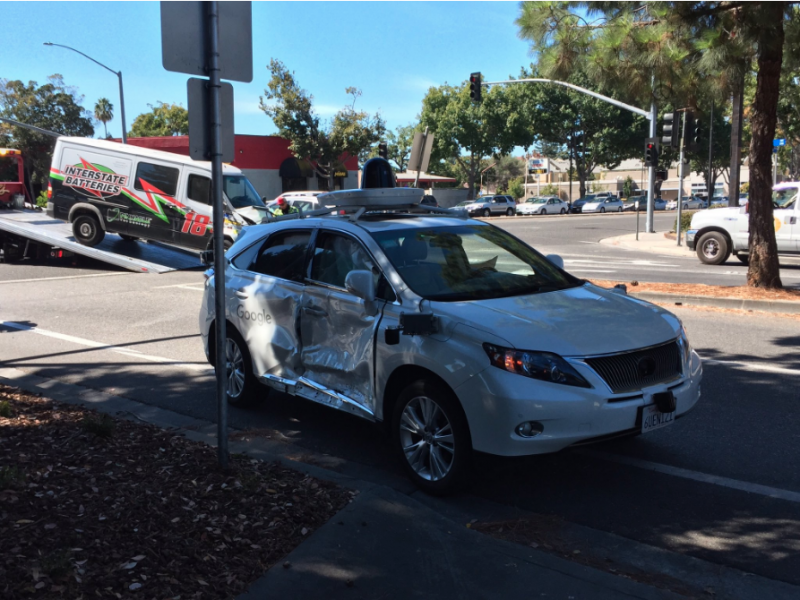
Source: Business Insider
Google plans to make its self-driving car project — which is still housed under Google X — into a standalone company under the Alphabet umbrella by the end of the year.
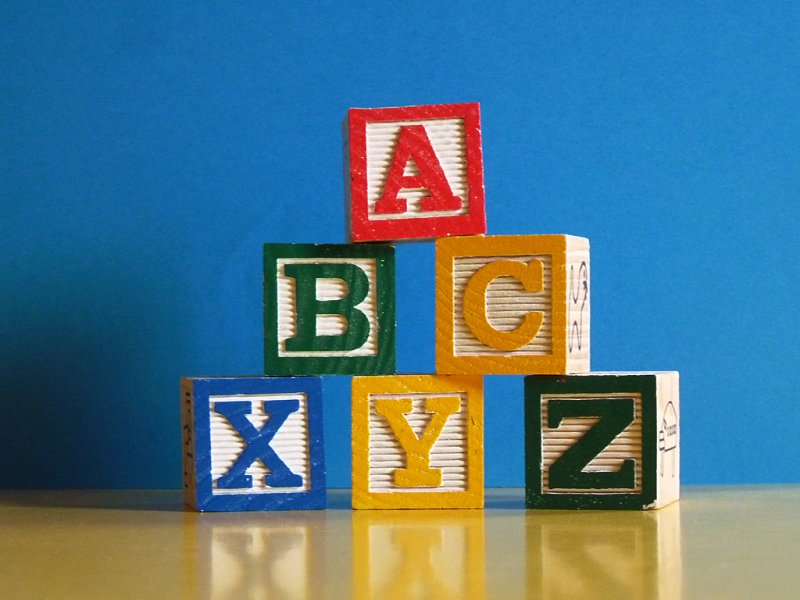
Source: Business Insider
At last count, Google's cars had driven more than two million miles in its four test cities. There are now 24 Lexus SUVs on the road and 34 prototype cars that drive up to 26,000 miles per week. But after seven years of work, there's still word on when the cars will become commercially available, while Google's competitors like Uber and Tesla have already debuted their cars to the public. One reason may be Alphabet CEO Larry Page's insistence on building a fully-autonomous vehicle rather than one that's partially autonomous.
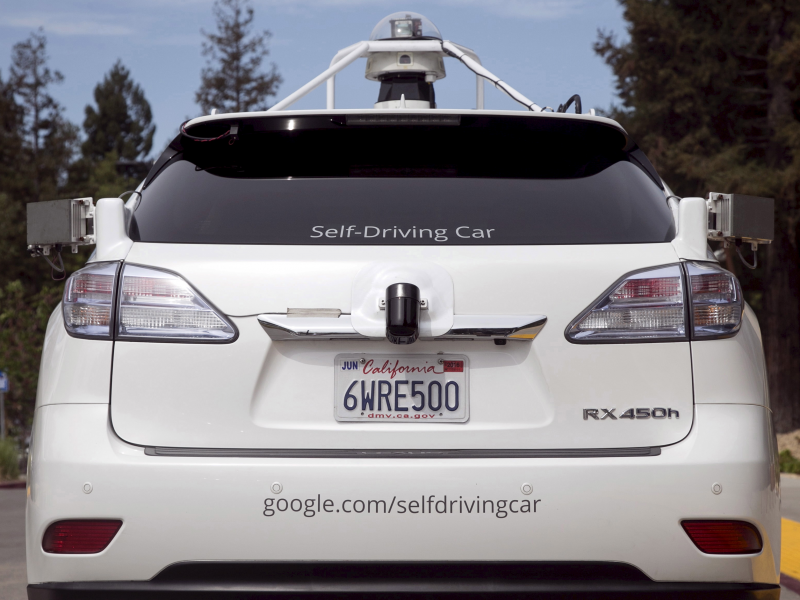
Source: Google, Business Insider

